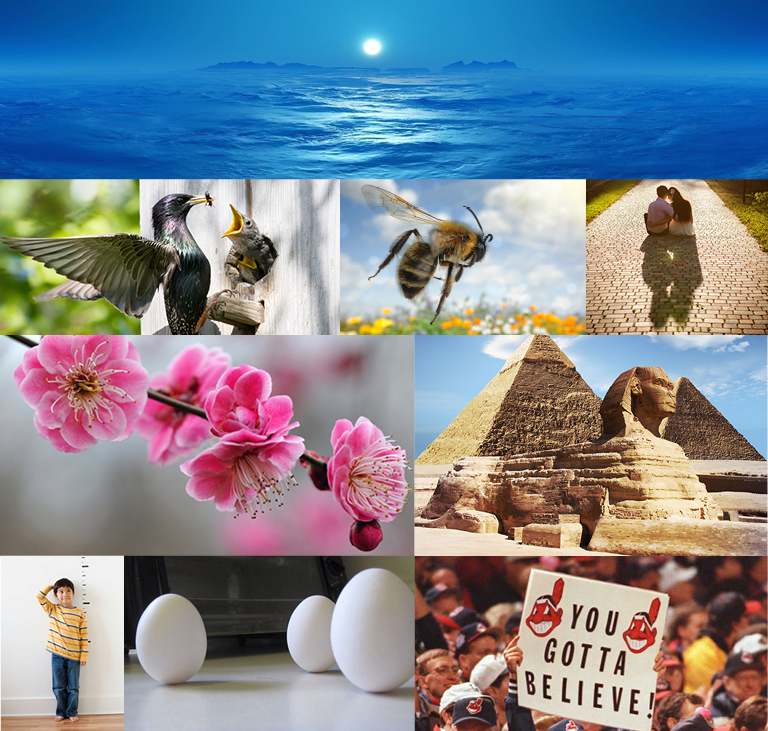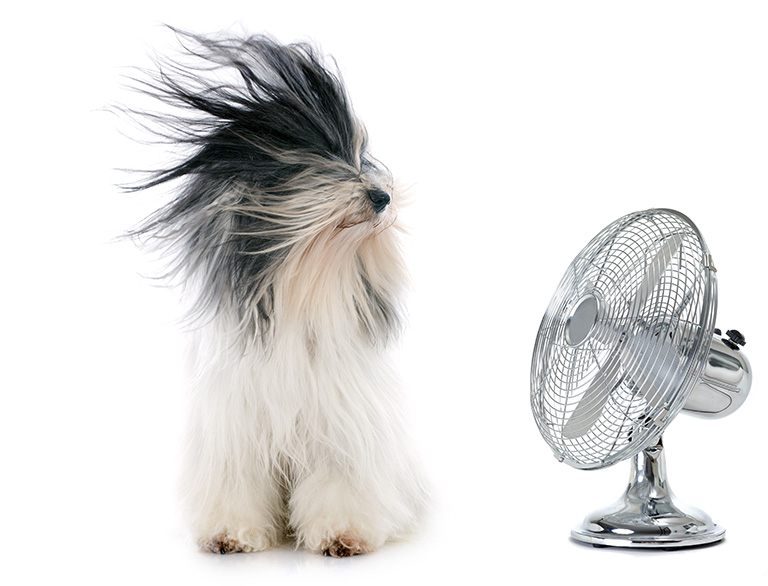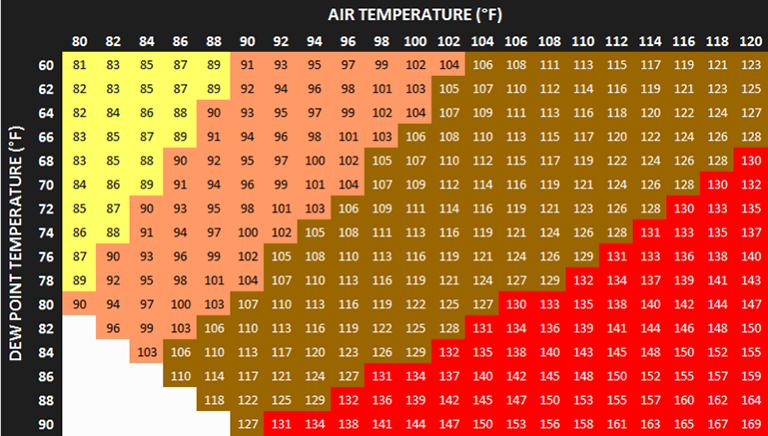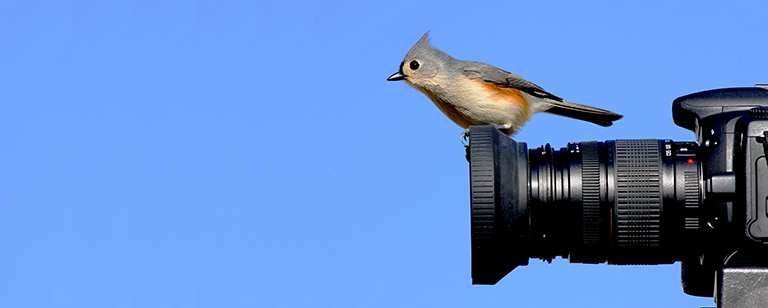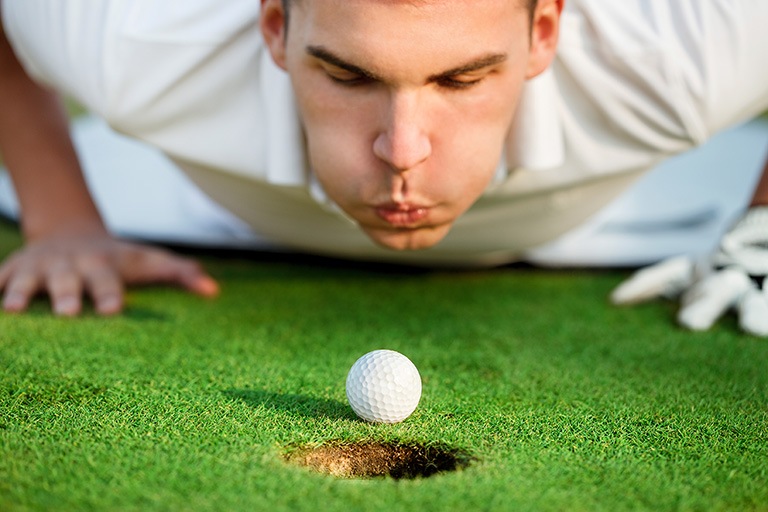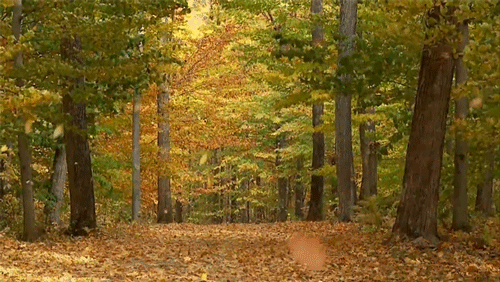Turnover

Most things in, on and under water can be seen. But probably the biggest thing that happens in a lake of any size goes unnoticed by all but a select few people. Interested? Read on, my friend.
I really love looking out my office window and watching the lake. Brilliant sunshine makes it sparkle. Fall cloud formations make me reach for my cell phone camera, and incoming sweeping rain and thunderstorms are a treat every time. I’m not a big fisherman (those of you who know me truly understand why!), so I don’t follow the different fishing seasons, but one thing I learned recently is that my great, beautiful Lake Erie actually turns over – specifically in the spring and fall. A buddy of mine said I should think of turnover much like a dog learning to roll over: As he pushes himself to one side, his underbelly begins to show. It made me think of my brothers on the couch trying to roll over after a massive Kowalski thanksgiving dinner). Wanting to learn more, I jumped online and found some really cool info. For my fishing fanatics out there, I’d love to hear how you adjust to the changing weather and water temperatures (email me at skowalski@khtheat.com). Special thanks to cleanlakesalliance.org, lakes.grace.edu and outdoornews.com for the info.
Lake masses consist of three layers – epiimnion – the upper layer of water in a thermally stratified lake consists of the warmest water and has a fairly uniform (constant) temperature; the hypolimnion – the cold bottom waters, and the metalimnion (or thermocline) layer – a stratum of rapidly changing temperature water.
Fall and spring turnover are natural phenomenon that cause the top layer of the lake to trade places with the bottom layer. This turnover is critical for lake health – like folding chocolate chips into cookie dough (yep, I eat the dough when Jackie isn’t looking!!). In the fall, this phenomenon happens when the temperature in the air drops. The epilimnion then cools to a temperature that balances with the density of the hypolimnion, allowing them to “intermingle.” (The opposite occurs in the spring: the air temperature rises, warming the surface water while the bottom grows cooler).
Water is unique in the way it changes density at different temperatures. Unlike almost all other liquids, water is most dense at 39 degrees Fahrenheit (4 degrees Celsius) and is lighter at both warmer and colder temperatures. In other words, when water reaches the critical temperature of 39 degrees Fahrenheit, further cooling causes the water molecules to become less dense and rise to the surface. This unusual characteristic allows water to form distinct layers within an otherwise uniform liquid. This phenomenon explains why ice forms at the surface and does not sink.
Warmer and less dense water floats on the top of cooler, denser water at the bottom. This allows the lake to mix when temperatures equalize throughout the water column, as water from the bottom of the lake rises to the top, and water from the top of the lake sinks to the bottom. The process allows for oxygen to be replenished and nutrients to be distributed throughout the lake.
The two layers could not intermingle without the wind. As the Fall winds blow and winter approaches, a constant breeze begins to move over the surface of the lake. The wind pushes the surface water from one shore to the other, and as this happens, the hypolimnion moves upward to replace the water that is moving across to the other shore. Once it reaches the other shore it gets pushed downward to replace the hypolimnion that moved up to the other side of the lake. The lake “rolls over” in this way in an ongoing cycle until it freezes over.
In both the fall and the spring, turnover affects three major aspects of the lake environment: oxygen, algae, and phosphorus.
The hypolimnion routinely runs low or out of dissolved oxygen, as decomposition, such as bacteria breaking down organic matter. The turnover breaks down the temperature boundary and moves oxygen-rich surface water to the bottom and oxygen-starved bottom water to the top. Moving dissolved oxygen to the hypolimnion is not only crucial to the lake, but also to the fish who live there.
Fish and most other aquatic critters rely on dissolved oxygen to survive. If too much muck builds up and dissolved oxygen is not replenished, fish will be forced to move toward the surface.
Turnover also helps our lakes clean up harmful bacteria and algae. It carries dead algae down into the depths of the lake where there is less sunlight, helping to prevent algae growth where it is eaten or decomposed at the lake bottom.
Turnover also helps clean up excess phosphorus. As turnover forces iron (which naturally exists in our lakes) toward the hypolimnion, the iron interacts with phosphorus. As it falls to the bottom, the compound is deteriorated by oxygen and anaerobic bacteria. This process is similar to a Ferris wheel as the phosphorus and iron “ride” to the epilimnion and back down to the hypolimnion. Algae blooms are fueled by phosphorus, so the mixing cycle can reduce the conditions for a bloom.
Lake Erie’s western basis turns over frequently, but the larger lake takes more time to cycle. Anglers talk of seeing tiny bubbles on the surface, and also a gray color to the water.
For any angler who ventures out on the water during the cooler temps it can be a make or break time. Finding fish right after turnover can be challenging. Bass, pike, perch, bluegills, walleyes… all may need time to adjust to turnover, but usually the reason fisherman are not catching fish post-turnover is because they’re fishing the same spots as they did before. Baitfish are willing to seek deeper depths, and when their forage goes deep, so do the sportfish. Learn more here.
::::::::::::::::::::::::::::::::::::::::::::::::::::::::::::::::::::::::::::::::::::::::::
DO YOU LIKE CONTESTS?
Me, too.
As you may know the Kowalski Heat Treating logo finds its way
into the visuals of my Friday posts.
I. Love. My. Logo.
One week there could be three logos.
The next week there could be 15 logos.
And sometimes the logo is very small or just a partial logo showing.
But there are always logos in some of the pictures.
So, I challenge you, my beloved readers, to count them and send me a
quick email with the total number of logos in the Friday post.
On the following Tuesday I’ll pick a winner from the correct answers
and send that lucky person some great KHT swag.
So, start counting and good luck!
Oh, and the logos at the very top header don’t count.
Got it? Good. :-))))
Have fun!!
::::::::::::::::::::::::::::::::::::::::::::::::::::::::::::::::::::::::::::::::::::::::::


